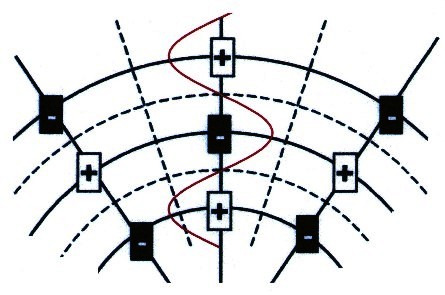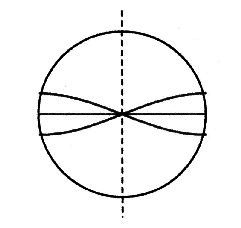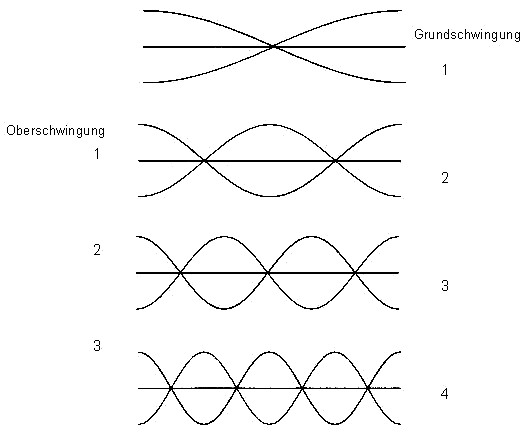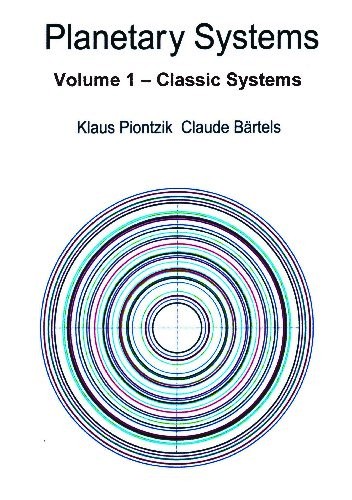| Copyright © Klaus Piontzik | ||
| German Version |
| The produced layers L form a radial standing wave. |

| Illustration 2.6.1 – Radial stationary waves |
| The resulting layer frequencies and wavelengths can be calculated: |
| 2.6.1 - Equation: |  |
| Each generated layer L can also be understood as radial standing wave. |

| Illustration 2.6.2 – radial basic wave |
| The antinodes of oscillation so
the oscillation maxima are always on the layer, as shown
in Chapter 2.4 at the basic frequency. To this basic oscillation suitable harmonics still come: |

| Illustration 2.6.3 – radial harmonic waves |
| 2.6.2 - Equation: |  |
n = 1,2,3,4,... |
| 2.6.3 - Theorem: | The layers are stationary extremal states and form radial standing waves. |

|
200 sides, 23 of them in color 154 pictures 38 tables Production und Publishing: ISBN 978-3-7357-3854-7 Price: 25 Euro |